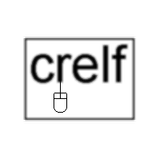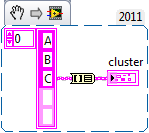-
Posts
5,759 -
Joined
-
Last visited
-
Days Won
55
Content Type
Profiles
Forums
Downloads
Gallery
Everything posted by crelf
-
Cool New LAVA Code Repository Download: Standard Encryption Methods Implemented in #labview - download & discuss: http://t.co/tnY4SJco
-
Hot Topic: Inline #labview SubVIs Inside Re-entrant Dynamic Dispatch VIs Causes Bad Behavior? http://t.co/lMK88Zom
-
The 2011 #labview coding challenge is coming - Let's get some LAVA peeps/teams representing! http://t.co/Li2REWpC
-
Do you use #labview snippets? Check out the Code Capture Tool - download & discuss: http://t.co/056ozjiA
-
Generating C code from #labview RT @PaulGaier: @lavag Isn't that kind of like making Model T's out of Lexus parts? :-) bit.ly/rtOhan
-
Power User Thread: Moving the Contents of One Diagram to Another using #labview Scripting: http://t.co/uv26jytG
-
Hot Topic: Protecting exposed references outside of the #labview class that created them http://t.co/uZ6Z0BZw @labview




